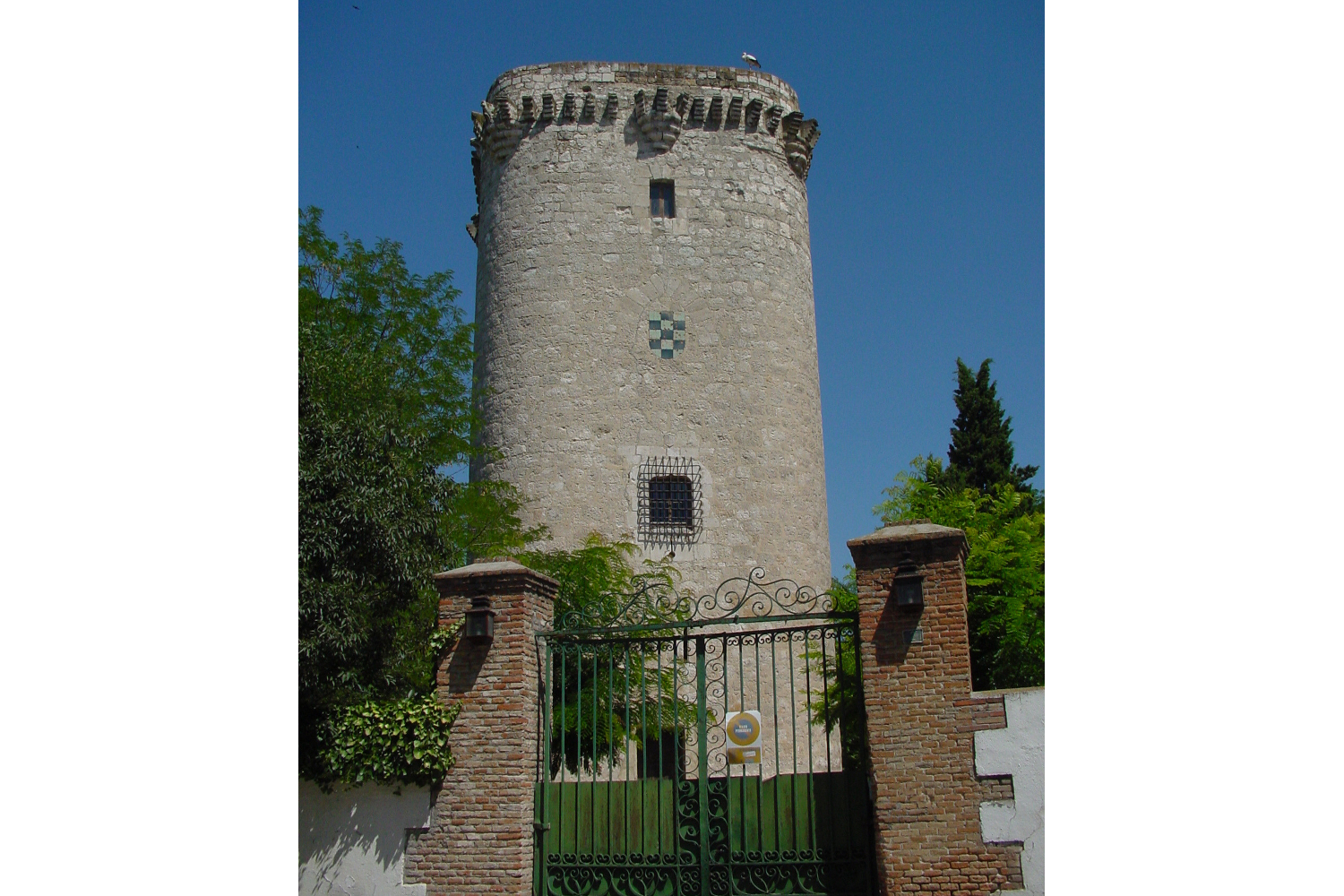
- Discover Madrid
- To see and do
- For you
- Accommodation
- Plan your Trip
- Professionals

Things to do in madrid
iconic places in madrid
Itineraries in Madrid
sights in madrid
top attractions in madrid
museums in Madrid
Tourism in Madrid

PINTO
At 21 km from the city of Madrid, to the south, it is part of the Southeast Regional Park. Its Eboli Tower stands out, where a princess was imprisioned by order of Philip II.
Two must-see buildings are the tower of Eboli, and the parish church of Santo Domingo de Silos, from the sixteenth century, with elements of Gothic cover, Renaissance pillars and a Plateresque pulpit. The tower of Eboli, also called tower of Pinto, without more, is 16.50 m long by 10 m wide, dating from the mid-fourteenth century. Used by the Spanish kings during the sixteenth and seventeenth centuries as a prison, the famed Princess of Eboli was interned there for six months in 1579 by order of Philip II. The royal secretary himself, Antonio Perez, was confined there ten years later.
Other notable buildings are the church-convent of the Capuchin Mothers dedicated to Our Lady of the Assumption, patron saint of Pinto, dating from the sixteenth and seventeenth centuries; the hermitage of Cristo del Calvario, from the seventeenth and eighteenth centuries; the hermitage of San Antón, built in the eighteenth century; and the neo-Mudejar church of the Holy Family, more recent since it was erected in the nineteenth century. A civil building that we should not forget when talking about this town is the so-called Casa de la Cadena, built in the seventeenth century and now home to the local ethnographic museum.
Pinto has up to five different archaeological sites, Paleolithic, Chalcolithic, Iron Age, Roman and Visigothic; unfortunately none of them can still be visited. But no problem, we recommend to visit the Gonzalo Arteaga Municipal Archaeological Park, the already popular Arqueopinto, inaugurated in 2001 in the park Juan Carlos I of the locality on a surface of 18,000 square meters.
More information: Pinto